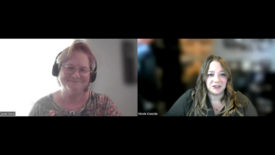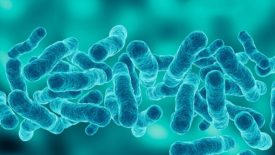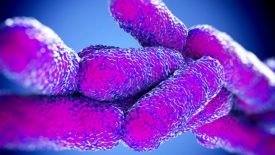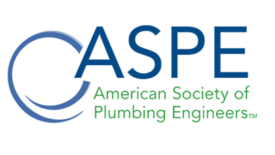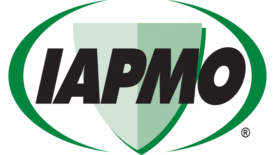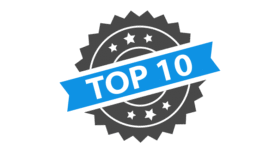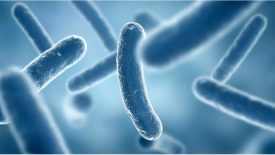Home » Keywords: » legionella mitigation
Items Tagged with 'legionella mitigation'
ARTICLES
PM Video Podcast
Discussing prevention and mitigation strategies with Special Pathogens Laboratory’s Dr. Janet Stout.
Read More
Legionella — we don’t all need to be experts, but awareness is key
There is no ‘one’ way to protect a building from Legionella 100%.
May 15, 2023
Can we end Legionnaire's disease with smart plumbing design?
Flushing alone will not stop Legionella.
May 10, 2023
James Dipping: Remediation tactics for Legionella outbreaks
What to do if Legionella is found in a plumbing system.
May 8, 2023
James Dipping: Chemical and non-chemical additives for Legionella control
Specialty components to further reduce the risk of Legionella.
January 6, 2023
James Dipping and Molly Scanlon: 5 tips for reducing Legionella risk
Utilizing water management for construction and commissioning building
September 7, 2022
Water management programs in health care
Industry sees increasing need for educated analysts and operators to help maintain these critical utilities.
August 19, 2022
Keep the info flowing with our eNewsletters!
Get the latest industry updates tailored your way.
JOIN TODAY!Copyright ©2024. All Rights Reserved BNP Media.
Design, CMS, Hosting & Web Development :: ePublishing
